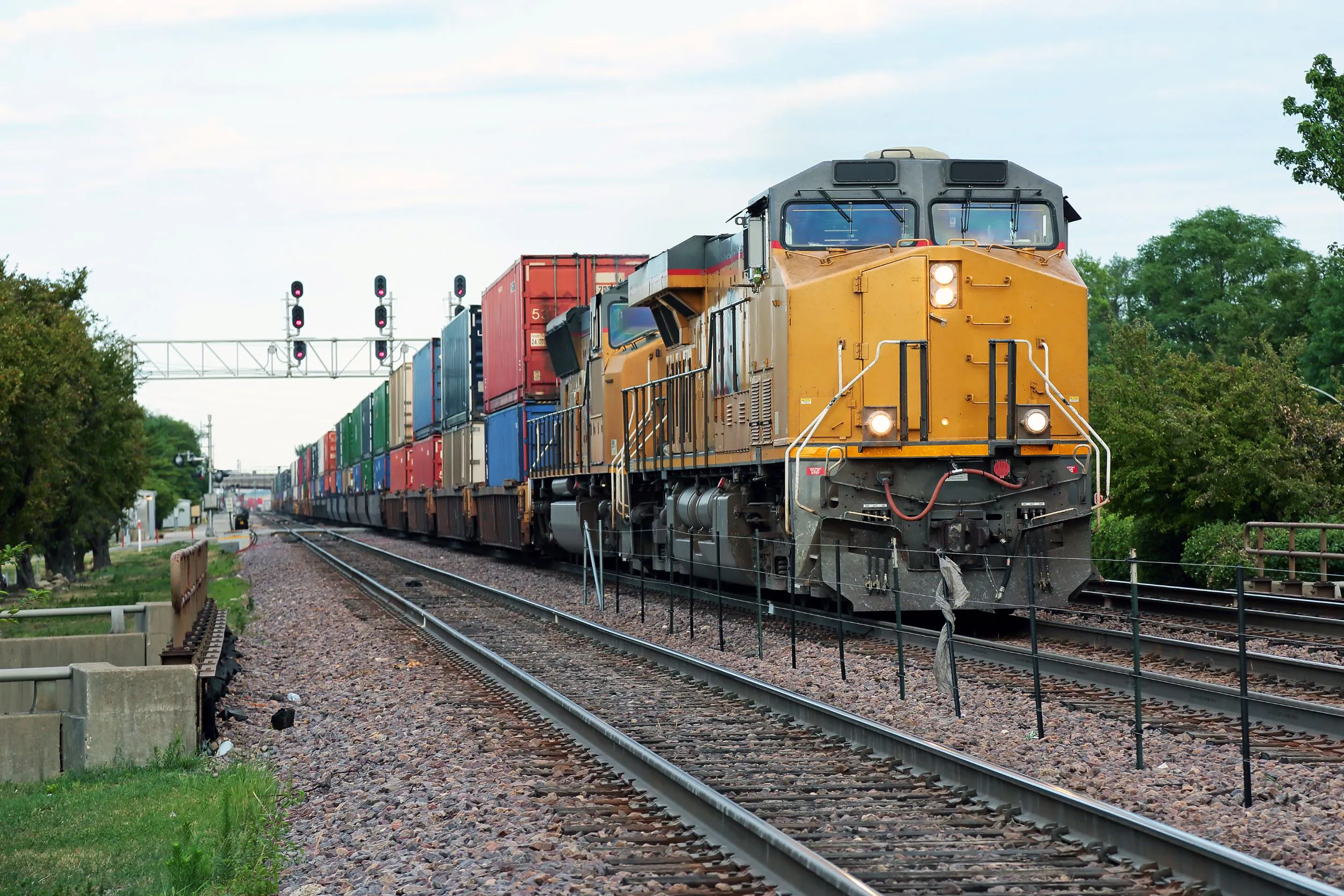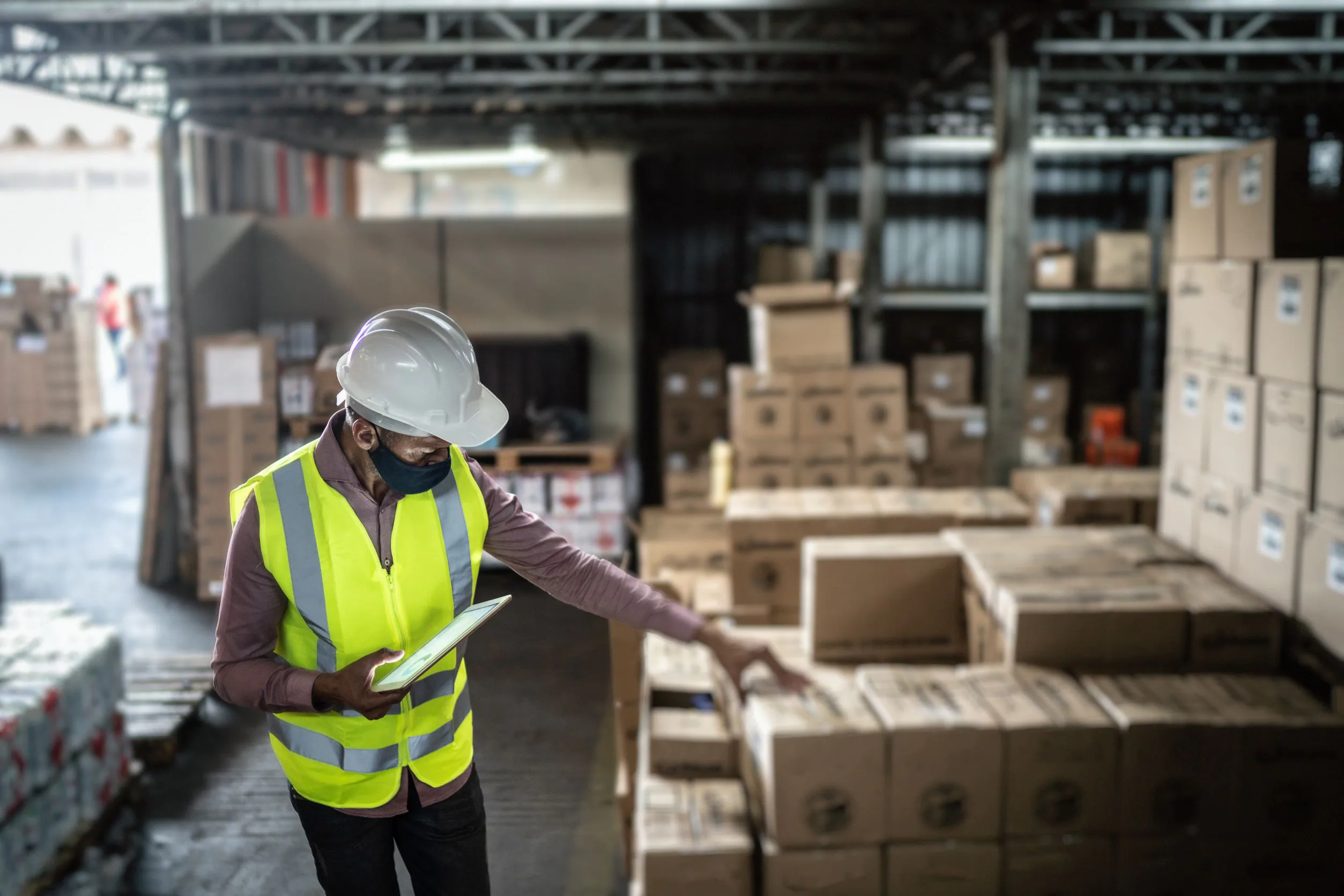Global Rail Transport Industry Overview
Rail transportation has long been an essential service for both freight and passengers, though in several regions it has been losing market share to road transportation and other alternatives over the past several decades. The COVID-19 pandemic also hit the rail transport industry hard in 2020, and companies are still recovering from its impact.
The global rail transportation industry was valued at over US$500 billion in 2021, and is expected to surpass US$650 billion in 2025. Rail freight transportation makes up more than half the market, and its share of the market is gradually increasing. Asia-Pacific and Western Europe are the largest regions for rail transportation companies, with China and the US being the leading countries globally.
There are several different models for railway systems from country to country. The US and Canada feature vertically integrated railways, where a company both owns the rail infrastructure and operates trains on it. European countries tend to follow a separated model, where one entity maintains the infrastructure and other entities operate on it, though those entities may be related to each other. Other countries, such as India, have nationalized rail operations where the government owns and operates the rail system, though many countries that use this system are moving towards privatization.
Access Free Transportation Industry Insights
Transport Sustainability in the EU
Despite the overall growth of the global industry, rail freight transport as a whole has been losing ground to road and air transport options in many regions. The EU intends to reverse this trend, however, as a part of its plan to reduce CO2 emissions. The goal is to double rail’s share of the freight transportation industry by 2030, producing fewer emissions and relieving road congestion across the continent.
Competing with road transportation is challenging — the trucking industry in the EU tends to offer lower prices, greater flexibility, and greater reach than the rail freight industry, which is losing key customer industries as it decreases unprofitable services or discontinues them entirely. Some European countries have managed to mitigate or avoid the decline of the rail freight segment, however. Germany, for example, has invested heavily in rail infrastructure to encourage its use, while privatized UK companies attracted new customer segments such as the construction industry. Austria has supported the rail freight industry in a variety of ways, including subsidies for rail operators and investors as well as tolls and other measures to decrease the attractiveness of road transportation.
These successes from around Europe point to measures that the EU can implement more widely in order to attain its goals for the rail freight transportation industry. As business declines from key industries like coal, new industries can be enticed to adopt rail transport, such as the battery sector or the paper and pulp sector. Improving infrastructure is also important, updating existing technology and extending the reach of railways. Finally, new regulations can help rail companies to improve their offerings and incentivize industry customers to opt for rail transport over trucking or other freight transport services.
Connect with Transportation Industry Companies
Electric Innovations in the US
In the US, innovators in the rail industry are focusing on the locomotive. Because North American railways tend to operate on different models than the EU, they have different challenges and advantages, along with different approaches to issues such as sustainability. One US company is looking to decarbonize freight and capture some of the country’s US$700 billion trucking industry revenue with an electric, autonomous rail vehicle.
Parallel Systems, a new company founded to redesign railroad vehicles and operations, has raised over US$50 million in funding to develop its autonomous battery-electric rail vehicle for freight transport, including a grant from the US Department of Energy. Currently still in the prototype phase, Parallel Systems’ vehicle is a battery-powered platform that, used in pairs, can carry a standard shipping container either on its own or in a platoon with dozens of other cars.
Flexibility and efficiency are key features of these new rail vehicles. Traditional freight trains need large numbers of shipping containers or other cars in order to make operations economical. This results in long waiting times while trains are loaded and unloaded and requires a substantial amount of space at the origin and destination. Since these new rail vehicles can operate on a smaller scale, they require less space and can travel a wider variety of routes.
If successful, these vehicles could dramatically change the US freight industry and the balance of rail and truck transportation. More efficient and flexible vehicles are a boon for rail operators and would allow them to offer greater services to their customers, potentially enticing new customers away from road transport solutions. The fact that these vehicles run on electric batteries makes them a cleaner option than either trucks (which account for a significant percentage of US greenhouse gas emissions) or the country’s diesel-electric locomotives, helping the US meet emission reduction goals and appealing to consumers who value sustainability.
Discover Buyers and Suppliers Across the Transportation Industry
BizVibe’s platform contains more than 120,000 transportation and warehousing company profiles that are free to view, including more than 1,500 rail transportation companies. Each profile consists of in-depth company insights composed of 50+ data points, with full industry trend and challenge analysis for 29 transportation and warehousing categories.
Browse companies in sectors such as:



